The Wild Horses of Sable Island - A Hackberry Farm Nature Photography Workshop field report
- Russell Graves
- Sep 28
- 4 min read
On a helicopter cruising across the North Atlantic, I look down at the endless water passing below us, and I think back to how we got here. As the helicopter blades drone overhead, the guests look out the windows and chat with each other through the headsets that we all wear. Everyone is excited.

One hundred and eight or so miles off the shore of Nova Scotia (at its closest), Sable Island is remote. Its population is zero, it's a relatively unknown place, and it's notorious as a spot where 350 known shipwrecks have occurred throughout history. Remarkable considering the long, crescent-shaped sand spit is only 12 square miles in size - a tiny speck in a vast ocean.

It's been a while, but planning the Wild Horses of Sable Island nature photography workshop started on a famous ranch in Oklahoma, in August of 2023. On a road trip with my wife, we stopped in Pawhuska to eat breakfast at a restaurant owned by television personality Ree Drummond. After breakfast, we head out to the vast Drummond Ranch, where her show The Pioneer Woman is filmed. On our visit to the Drummond Ranch lodge, I was roaming through the kitchen and into the living room, where I spotted a book on a coffee table. It was called The Wild Horses of Sable Island. Curious, I flipped through the book, snapped a picture on the cover, and committed myself to learn more about the fascinating place. Two years later, here I am.
In the distance, we spot the island on the horizon. As we approach it from the west, it lies out long before us. The product of converging ocean currents, the island is only 3/4 of a mile at its widest point. Its origin is thought to come from the remnants of a glacial moraine formed as ice caps pushed up dirt as they crept south from the Arctic. As the ice cap melted, the ridge of soil remained, and now, ocean currents and maritime winds shape and sculpt the coastline and sand dunes constantly. Across the island, sand beaches rise from the ocean and into sand dunes covered in vegetation. Since nature always finds a way to thrive, the dune's peaks and valleys are carpeted in marram grass. Elsewhere, cranberries, bayberry, and creeping juniper form a low carpet of green cover. Not a single tree exists here.



It's truly a wild place cut off from nearly all modernity save for a smattering of buildings that make up the park headquarters and former research buildings in the island's gut.
As the helicopter floats to a landing, the group's excitement is palpable. As we fly in, we spot seals hauled out on the beach and the legendary wild horses. Now, we are minutes from our first encounter.
While several theories exist, the wild horses are generally thought to be part of a failed agricultural colony that was established during the Acadian expulsion from Nova Scotia and the surrounding areas between 1755 and 1764. During this time, the British government exiled approximately 11,000 Acadians—an ethnic group from France who settled the area as early as 1604. As the expulsion occurred, the Acadians settled elsewhere in places like Sable Island and even the American South, where today, they are identified as Cajuns.



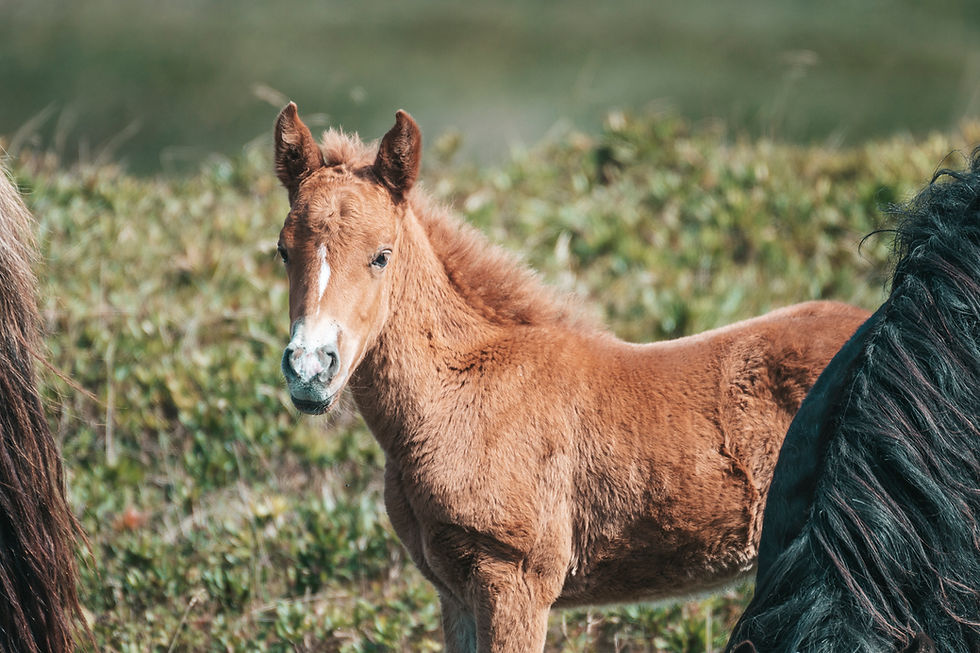
When the project failed and people left the island, the horses were left behind to fend for themselves. Instead of dying off, they've thrived over the past 350 years with no human intervention.
Looking at the horses on Sable Island is like looking back in time. Their phenotype is virtually unchanged. Today's horses are refined through selective breeding and groomed to be sleek and perfect representations of what humans think the equines should be. These horses are a glimpse of what Mother Nature requires horses to be: long flowing manes, a rugged disposition, and a less-than-refined build that's perfect for thriving in these often inhospitable dunes. And as we depart a short distance from the helicopter, we quickly encounter the latest addition to the legendary horse's lineage: a freshly born colt who can't be more than a month old.
For the entire day, we had the national park to ourselves. No big crowds at all. Just our group and the horses that inhabit that island.




At one point, we stood on a hill with a band of stallions near us, a mating pair nearby, and a big band of mares in a blown-out sand bowl tucked beneath some hills. Later, we moved to another part of the island and encountered dozens of horses gathering in an area to drink from one of the many small, freshwater ponds scattered about.
The horses weren't the only wildlife we encountered. We saw dozens of seals lying about the beaches and the summer-nesting Ipswich sparrow.

After a day of roaming, we eventually end up on a long flat beach on the island's windward side. There, we encounter a small band of horses on the beach and several more behind us in the hills. The horses on the beach are a small family band and stare at us as we quietly sit and watch them. They are curious and turn to approach us. In the moment, the wind blows, the manes flow, and the horses interact with one another.
It's the perfect amalgamation of why we all came here.
The excursion wasn't all horses, however. We explored the best of Nova Scotia and its maritime heritage for the entire week, like the beautiful Peggy's Cove Lighthouse - an iconic symbol of eastern Canada. Visits to the Bay of Fundy found us exploring the sandstone cliffs at low tide. Since this bay has the biggest tides on the planet, it's not long before we start seeing the water creeping back towards us. We retreat to a seaside community where we dine on lobster and watch the sun set over the bay.


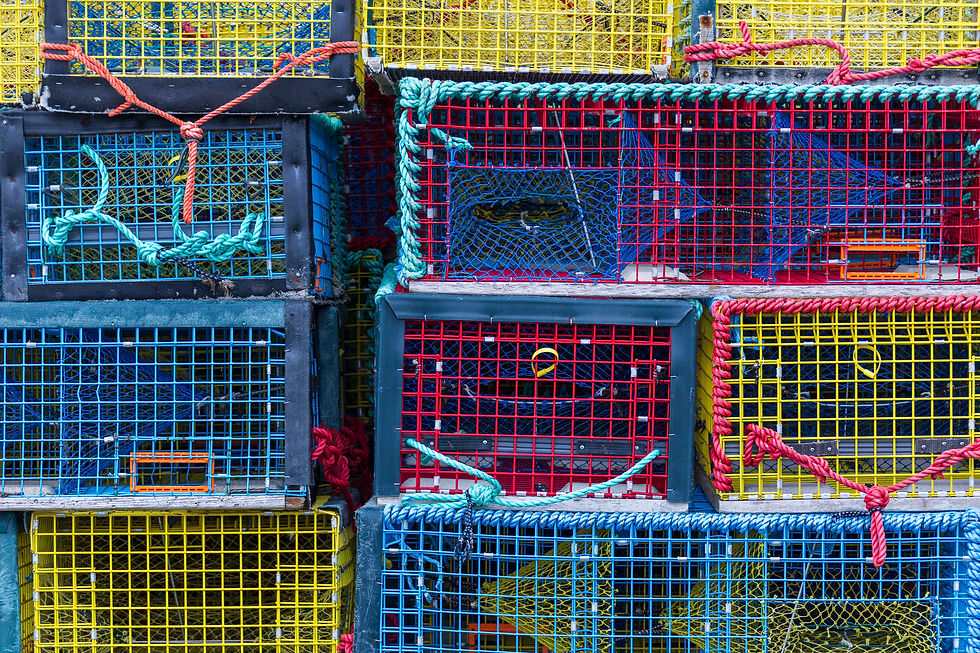

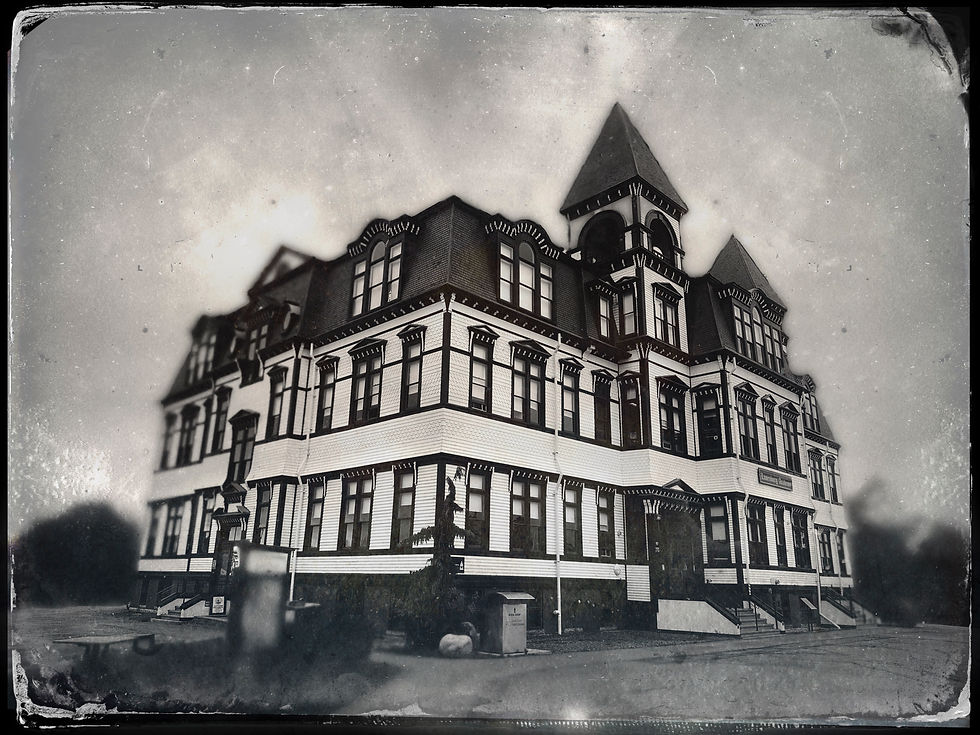




One of the trip's treats is seeing quaint seaside communities like Lunenburg or the famous yet still mysterious Oak Island. Legend has it that a treasure is buried on the island, and even after centuries of trying, searchers still seek an answer to the mystery that's shrouded the island.
Of course, we didn't find treasure on Oak Island, but we did discover plenty of gems around Nova Scotia.
ADDITIONAL IMAGES

















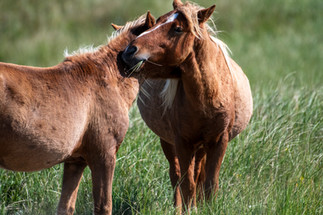

















































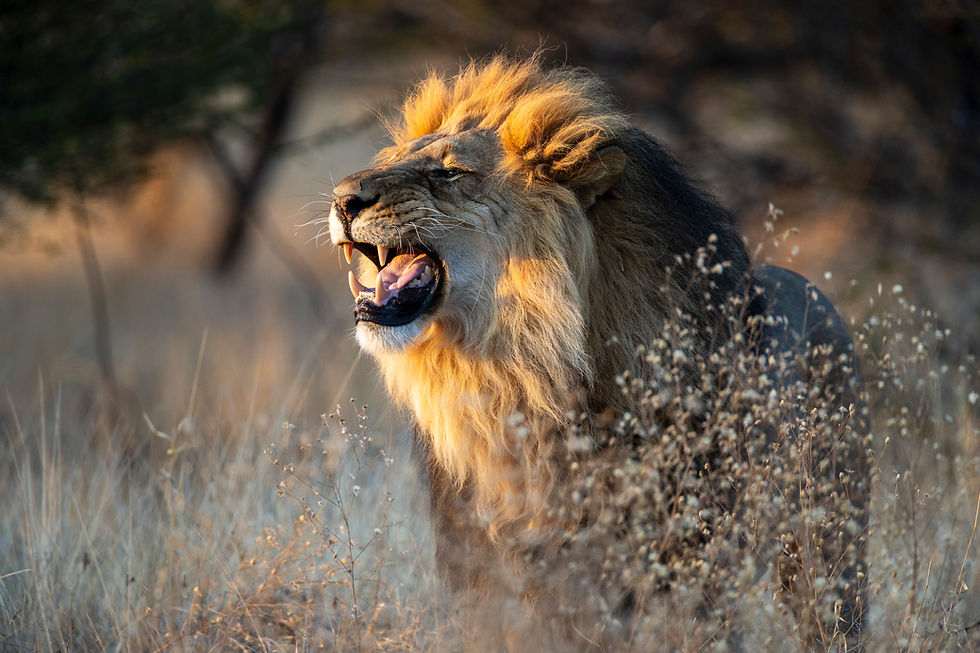

A wonderful post... felt like I was there!